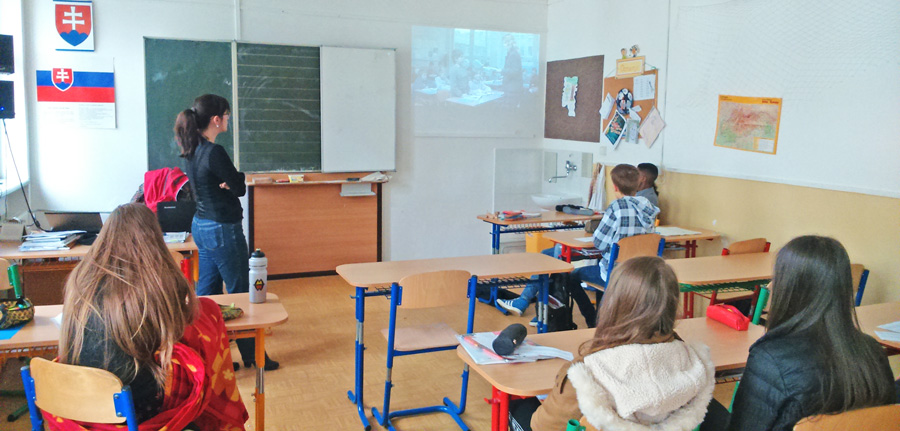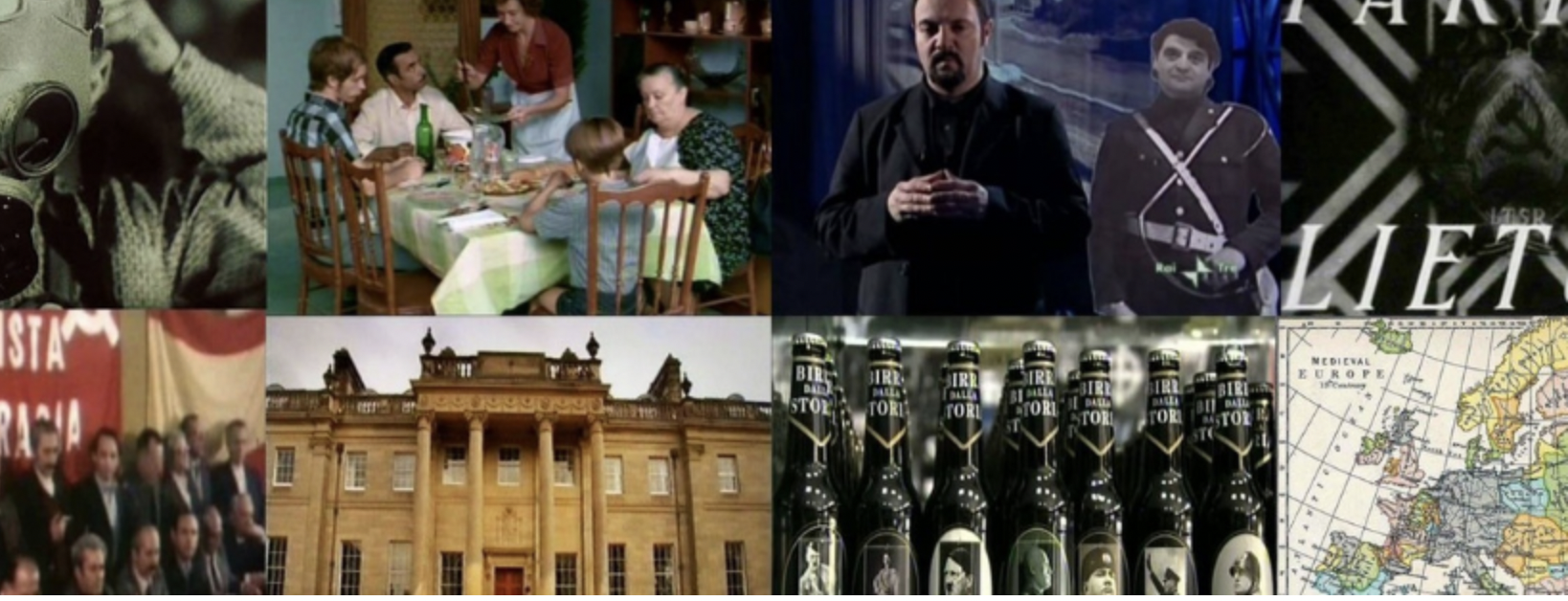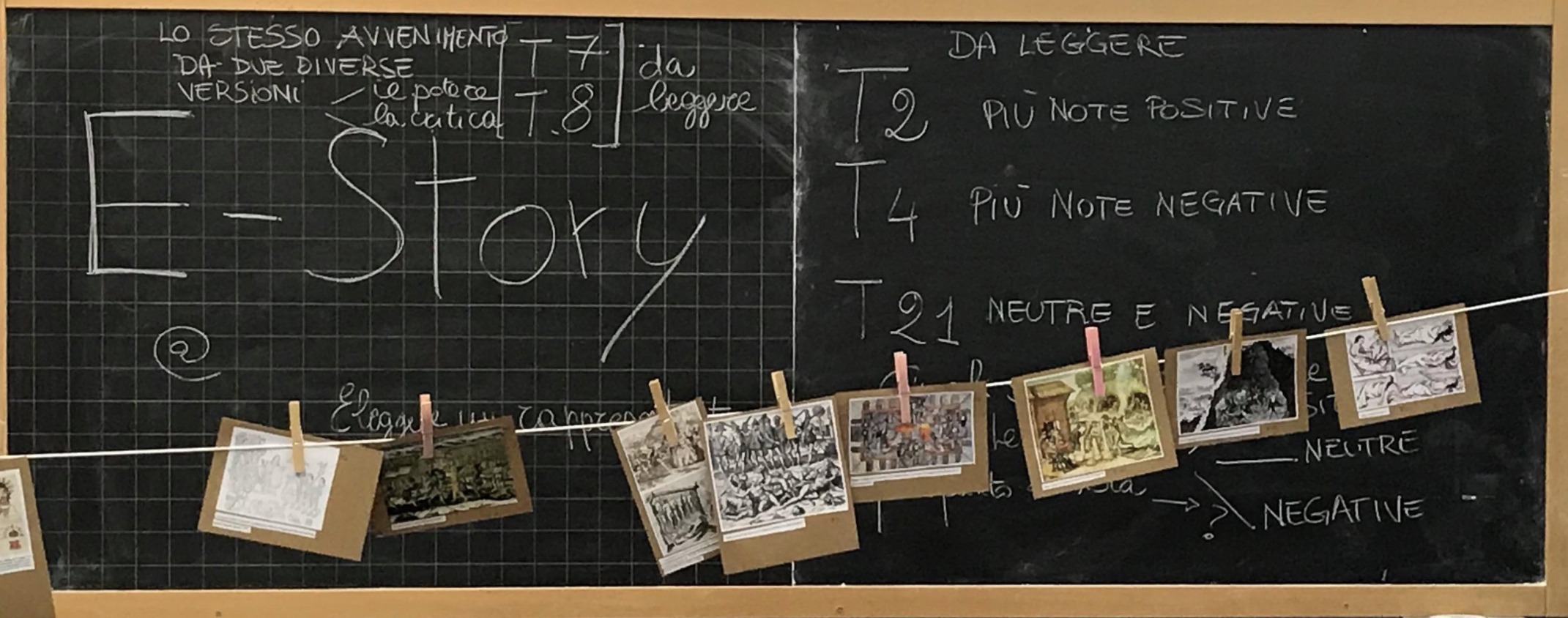
Students in Europe are exposed to history in various ways: They talking with family and friends, by watching TV and movies, by listening to music, by playing games, by following public debates. All these factors influence the way students look at history. Without critical attitudes and understanding of how history is being made, students simply echo these ideas. The fact that more and more of this expose to young Europeans – being digital natives – is happening through means, is not reflected in the way history is generally being taught.

In the project “Media and History” project specialists in history and media education from Hungary, Italy, Poland, Slovenia, Spain, The Netherlands and United Kingdom work together to encourage history educators to use multimedia resources to help students become more media literate. Students will use digital tools to make their own presentations of the past, better realise that historical (re)presentations are not exact copies of the past, and improve their research skills (in making judgments about the reliability of information they find online).
Longtime interest in the Lutheran Academy Martin – Slovakia for activities based on history, and the success of our school in competitions of this sort have been recognized by the organizers of a project Media and History aimed at history instruction. The Lutheran Academy has been selected as one of four Slovak schools to receive this honor!

School project coordinator, Dušan Haško, pointed to another benefit – the increase media comprehension of students. “Although we assume that the student is accustomed to film in their everyday world, working with a short film trailer during the lessons of history refines analytical skills. Young people interpret the media and learn to ask critical questions. These skills are used to follow other historical films, but generally a critical view of audiovisual media – including the Internet and television.”
Ninth-grader, Timotej Kacian, was impressed by the essence of history. He learned about the leading personalities of political changes of November 1989, involving former last President of Czechoslovakia, Vaclav Havel. “The teacher played us clips from three movies. Then, we were to find the main theme of each excerpt; invent a name for each clip; guess the location of the events of each one; and, assess which figures were positive and which were negative. I felt more like a spectator at the cinema. I almost did not realize that it was actually a history lesson.”


